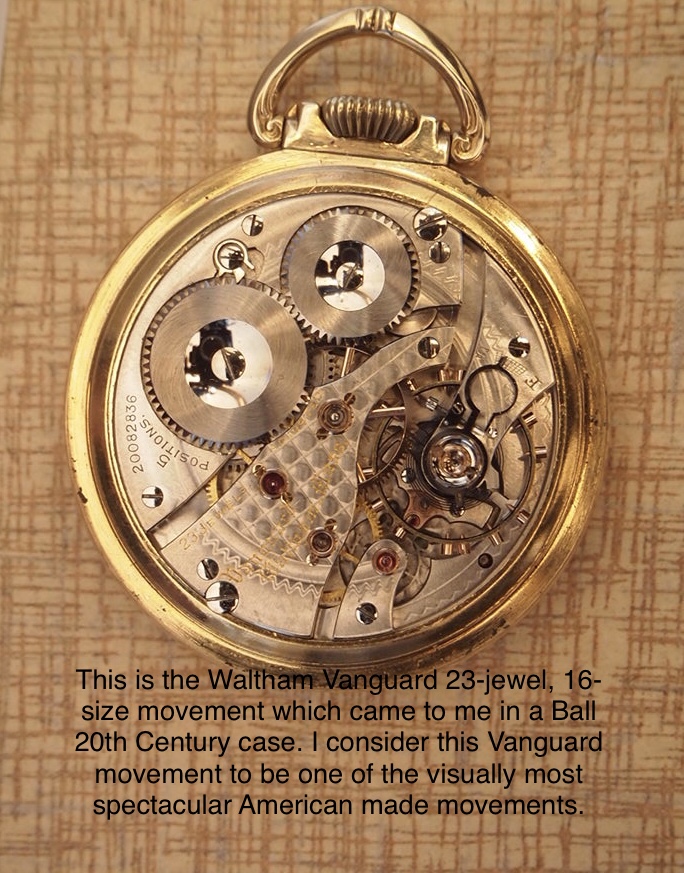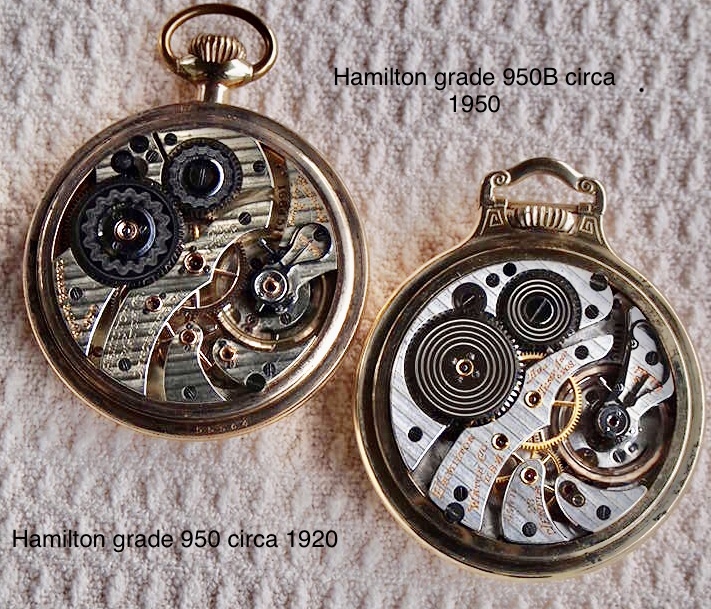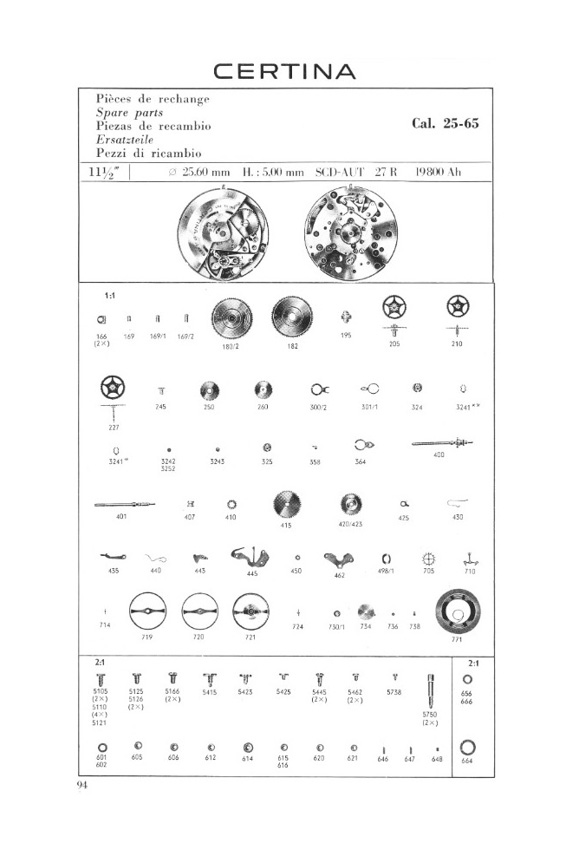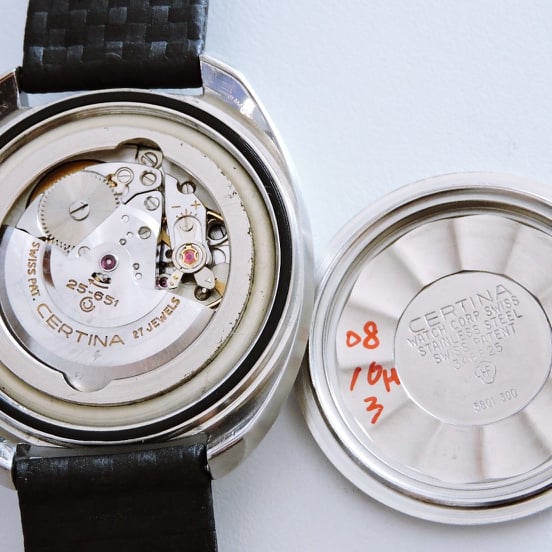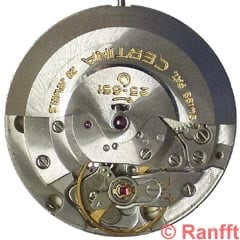This is a very tough question, and I get asked this privately quite often. In order to say what is best, I would have had to work on every movement ever made. Clearly that hasn't been done by me or anyone else, so all opinions given will be limited to what the person giving the opinion is familiar with, and no matter how much we all try, there are biases.
As watchmakers, we don't typically go out searching to service specific movements, so we are limited by something very simple - what our customers ask us to service. Depending on how specialized your work is, you may not see a huge variety of movements. This is why you will find some watchmakers say that the brand they service the most, makes the best movements - they are familiar with them so tend to be biased towards that brand (you see this a fair bit with guys that service mostly or only Rolex).
In my early days I serviced a far wider variety of movements than I do now. Over time as my customer base has been built up, I have become more specialized to Omega - not my choice, it's just how things worked out.
The criteria would be quality, design and performance.
Taking the above to heart, the ease of service, availability of parts, and many of the other things that as a watchmaker make me appreciate working on a specific movement, have to be set aside if they don't directly influence these three things. That makes it a tougher thing to judge, but here is my best shot...
I am a fan of the 7750, and I think the things that make me a fan, also generally fit the stated criteria very well. It is durable and accurate. Where it may fall down is on "design" but it really depends on what that criteria is referring to. All movements have weak spots and compromises, so the oscillating pinion system on the 7750 isn't ideal and can lead to problems that I see reported on forums (watch stops when chronograph is engaged). Also, the layout of the sub dials on the standard versions may not be to people's liking.
But at this time I cannot think of another movement that would fit the criteria better than the 7750 would.
Now speaking more generally, and directly conflicting with my own top pick, if I were looking for durability long term, I would pick the simplest movement I could find. So no complications, and manual winding. The 6497/6498 are actually very good movements, and if in Top or COSC grade they are very good performers as well. So these would be a close second...but they are not exactly exciting movements.
Yep - tough question...

